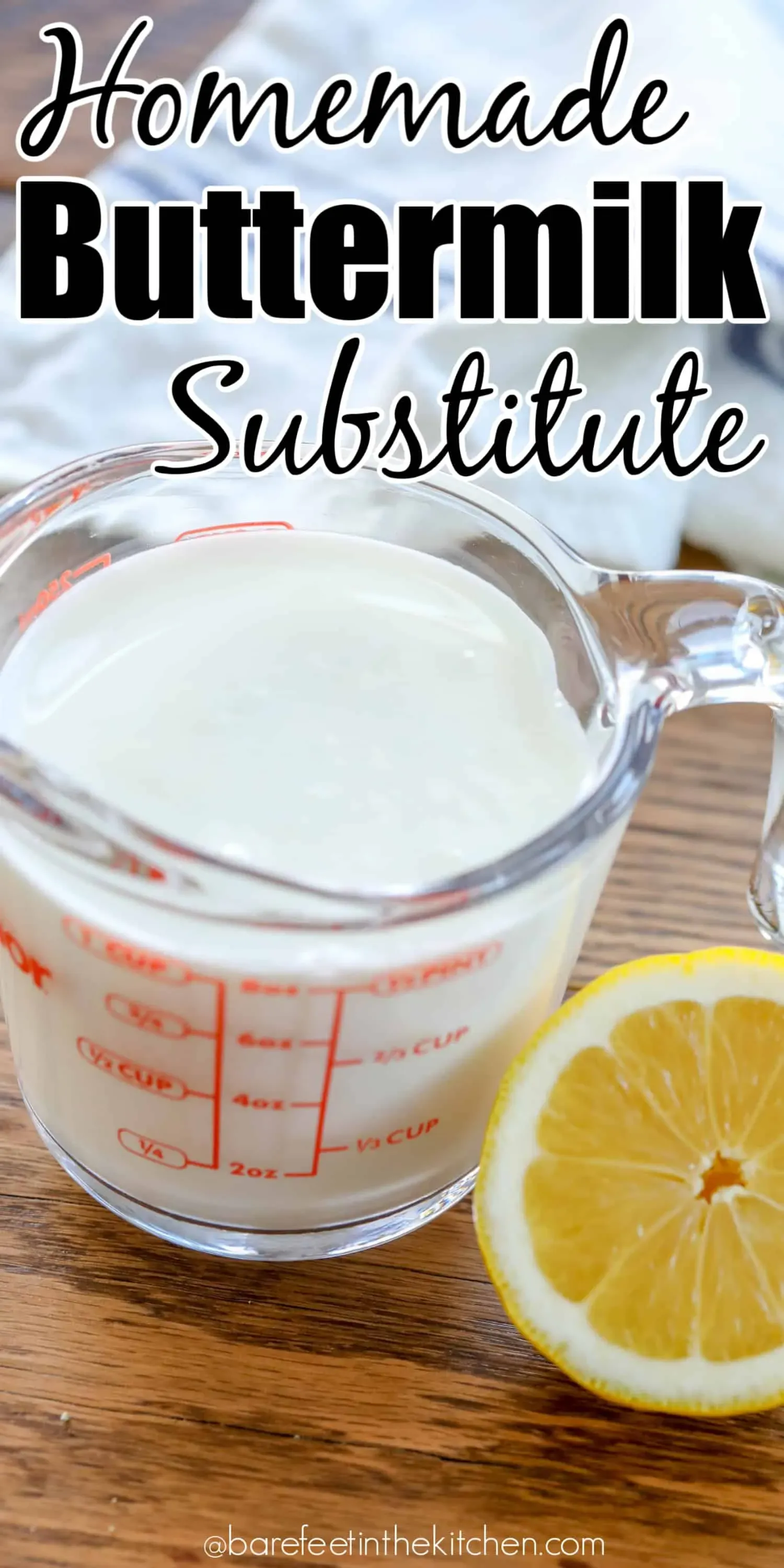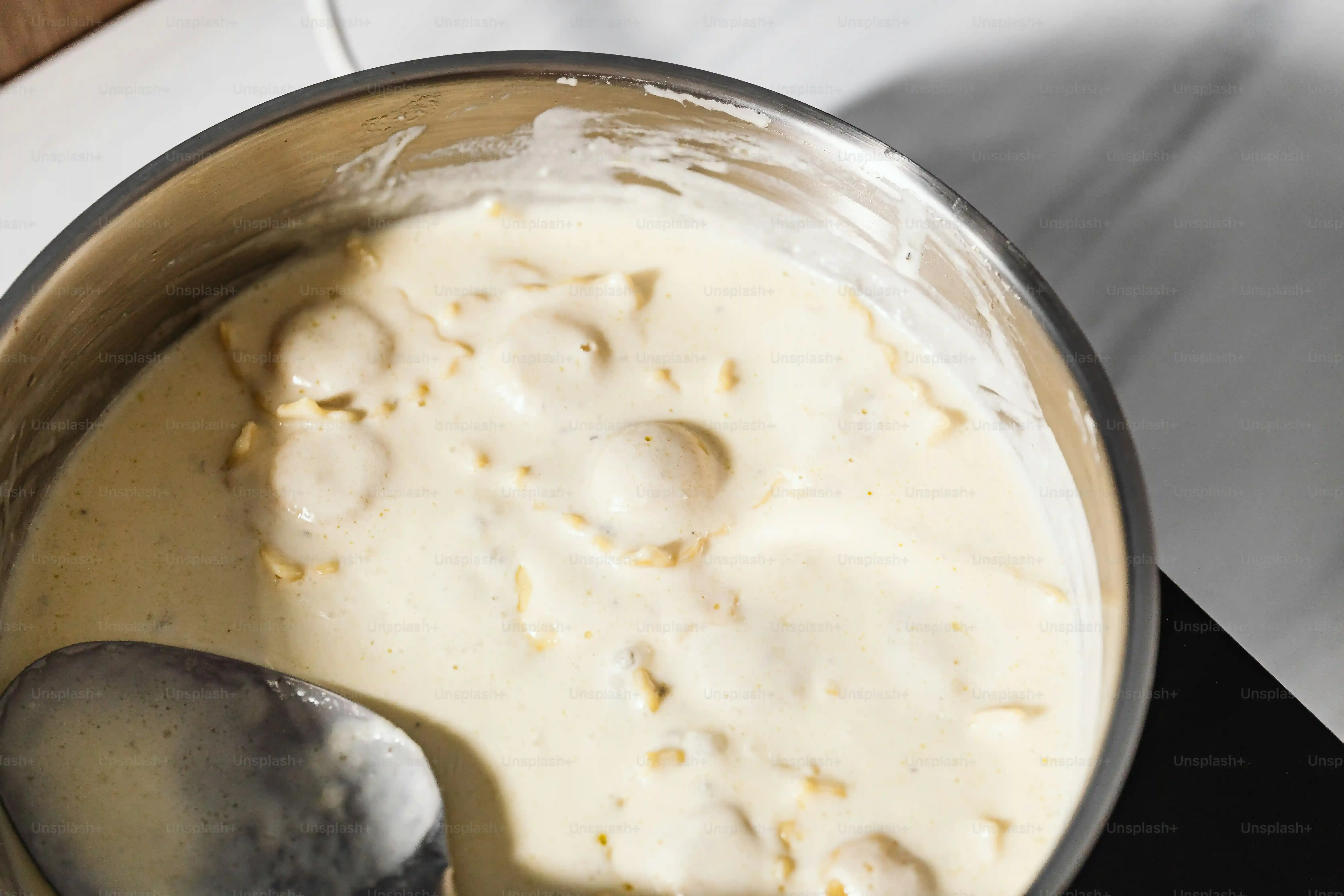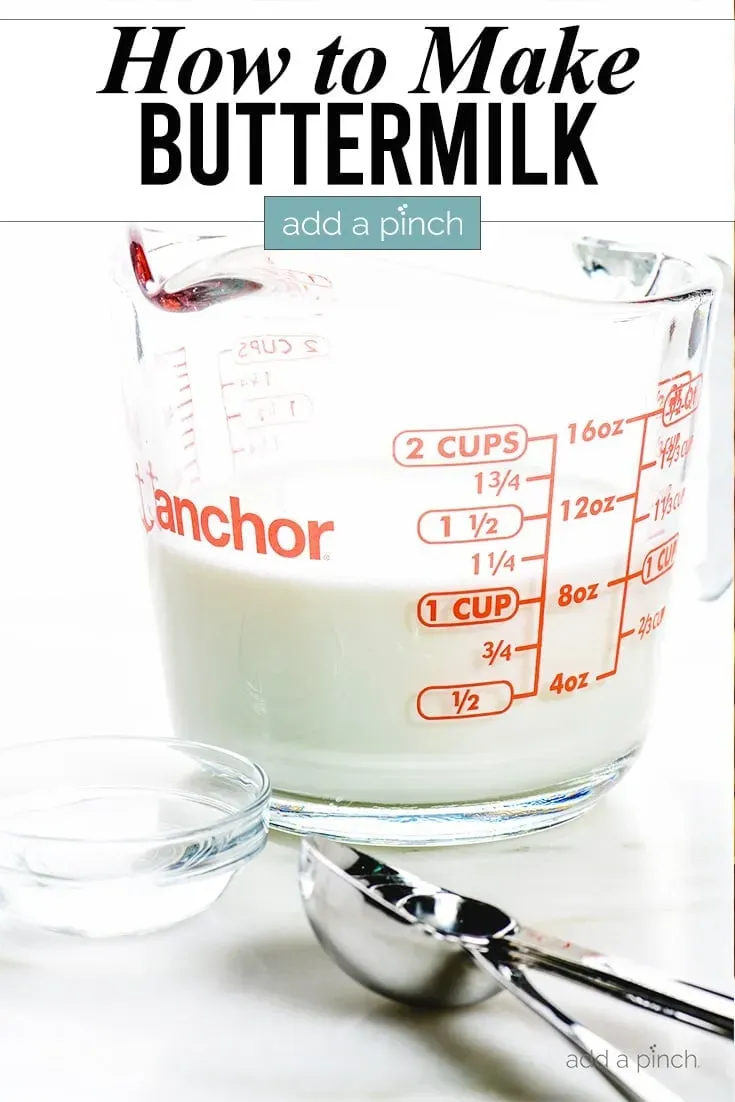Table of Contents
Picture this: You're halfway through mixing up a batch of pancakes, ready for that fluffy, slightly tangy goodness, and then it hits you. The recipe calls for buttermilk, and your fridge is utterly devoid of the stuff. Panic? Nah, not today. Running to the store for one ingredient feels like a minor tragedy when you're in the zone. Fortunately, your culinary dreams aren't dashed just yet. There's a simple workaround that often saves the day, and chances are, you already have the key ingredient chilling in your dairy drawer.
Why Reach for a Buttermilk Substitute Anyway?

Why Reach for a Buttermilk Substitute Anyway?
let's be real. How many times have you been elbow-deep in a recipe – maybe fluffy biscuits, tender fried chicken, or a moist cake – only to realize the carton of buttermilk you swore was in the fridge is MIA? It happens to the best of us. Buttermilk isn't exactly a daily staple for everyone, and buying a whole quart just for a cup can feel wasteful if you don't plan on using the rest quickly. Plus, sometimes you just get a sudden baking or cooking impulse, and you don't have time for a grocery run. That's precisely why knowing a reliable substitute is crucial. You need that tang and acidity buttermilk provides to react with leavening agents like baking soda, giving your baked goods that lift and tender crumb, or to tenderize meat and add depth to dressings. So, the question "Why Reach for a Buttermilk Substitute Anyway?" often boils down to convenience, availability, and avoiding food waste.
The Simplest Swap: How to Make Buttermilk Substitute with Sour Cream

The Simplest Swap: How to Make Buttermilk Substitute with Sour Cream
Why Sour Cream Works Wonders
so you've accepted your fate: no actual buttermilk in sight. But you've got sour cream. Great news! Sour cream is already fermented and tangy, much like buttermilk, but it's way thicker. The key difference is the consistency and maybe a slightly higher fat content depending on what kind you have. This makes it a fantastic starting point for learning how to make buttermilk substitute with sour cream. You're essentially thinning it out to get that pourable liquid consistency that recipes expect.
The Basic Recipe: Thinning it Out
Making this swap is almost ridiculously easy. You just need your sour cream and a liquid to thin it down. Milk or water works fine. The general rule of thumb is to use about 3/4 cup of sour cream and mix it with 1/4 cup of milk or water to get roughly 1 cup of buttermilk substitute. Whisk them together until you have a smooth, pourable mixture. It won't be *exactly* like buttermilk, but it's darn close in terms of acidity and function for most recipes, especially baking.
- Need 1 cup buttermilk? Use 3/4 cup sour cream + 1/4 cup milk or water.
- Need 1/2 cup buttermilk? Use 6 tablespoons sour cream + 2 tablespoons milk or water.
- Need 2 cups buttermilk? Use 1.5 cups sour cream + 0.5 cups milk or water.
A Quick Note on Consistency and Fat
Remember, sour cream is thicker than buttermilk. When you learn how to make buttermilk substitute with sour cream, getting the right consistency is important, especially for thinner batters or dressings. Whisk it well to make sure there are no lumps. Also, be aware that using full-fat sour cream will add more richness (and calories) than traditional low-fat buttermilk. For most baked goods, this extra fat is actually a good thing, contributing to a tender result. For things like dressings, you might notice it's a bit heavier, but often still works perfectly fine.
Getting the Consistency Right: Tips for Your Sour Cream Substitute

Getting the Consistency Right: Tips for Your Sour Cream Substitute
Why Consistency Matters for Your Substitute
so you've mixed your sour cream and milk or water, aiming for that magical 3/4 to 1/4 ratio. But here's the thing: not all sour cream is created equal. Some brands are thicker than others, and your milk might be whole, 2%, or skim, which also affects the final mix. When you're figuring out how to make buttermilk substitute with sour cream, the goal isn't just the right flavor tang, but also getting pretty close to buttermilk's pourable texture. If it's too thick, like yogurt, it won't distribute correctly in a thin batter, and your baked goods might end up heavy. If it's too thin, well, you lose some of that body that contributes to richness.
Adjusting Your Ratio on the Fly
So, how do you fix it if your mix looks more like a milkshake or cottage cheese? It's simple: adjust the liquid. If your substitute is too thick, add another splash of milk or water, a tablespoon at a time, whisking well after each addition until it looks like thin pancake batter or heavy cream. If, somehow, it ended up too watery (maybe you used skim milk and light sour cream?), you can try adding another spoonful of sour cream, but be careful not to make it too thick again. It's better to err slightly on the thinner side for most baking applications than too thick. Trust your eyes; they're your best guide here.
- Start with the 3:1 ratio (3/4 cup sour cream to 1/4 cup liquid).
- Whisk thoroughly to eliminate lumps.
- Assess the texture: does it pour easily like thin cream?
- Too thick? Add liquid (milk or water) a tablespoon at a time, whisking after each addition.
- Too thin? (Less common, but possible) Add a tiny bit more sour cream, whisking well.
- Remember, consistency impacts how the substitute incorporates into your recipe.
Beyond Baking: Using Your Homemade Buttermilk Substitute

Beyond Baking: Using Your Homemade Buttermilk Substitute
so we've covered the baking basics – biscuits, cakes, all that good stuff where leavening is key. But the utility of your homemade sour cream buttermilk substitute doesn't stop there. Think savory applications. That tangy acidity is dynamite in marinades for chicken or pork; it helps tenderize the meat and adds a layer of flavor that plain milk or water just won't provide. It's also a fantastic base for creamy salad dressings. You know, the kind you whip up at home that taste way better than anything from a bottle. The slight thickness from the sour cream base, even thinned out, gives dressings a nice body that clings well to greens. Don't be shy about experimenting with it in dips or even in creamy pasta sauces where you want a little bright counterpoint to the richness.
So, Go Ahead and Substitute!
Alright, there you have it. Running out of buttermilk isn't the kitchen crisis it once seemed. With a tub of sour cream and a splash of liquid, you've got a perfectly capable stand-in ready to go. It's a simple trick that keeps your baking projects moving and saves you a last-minute trip to the store. Give it a shot next time your recipe calls for buttermilk and see how this easy swap keeps your pancakes fluffy and your dressings tangy. No need to sweat the small stuff when you've got sour cream on your side.